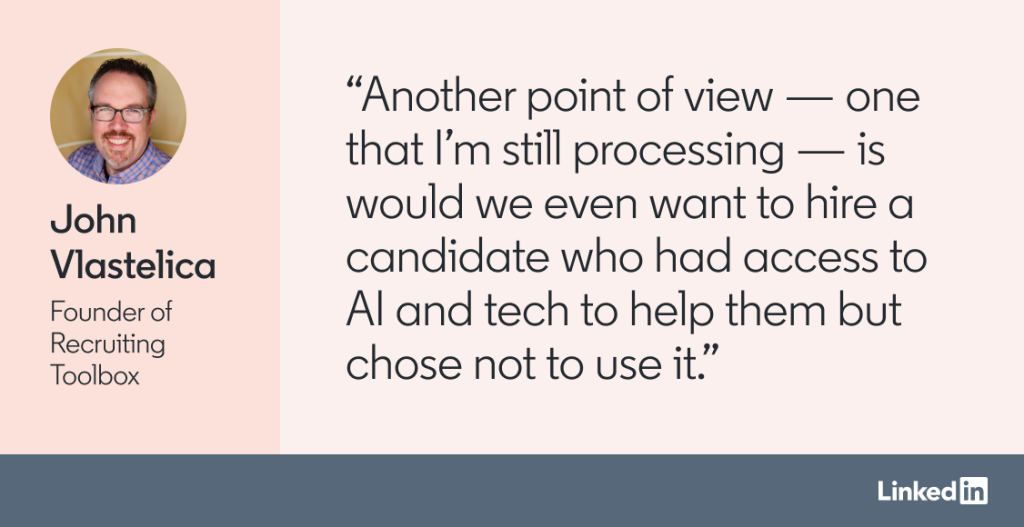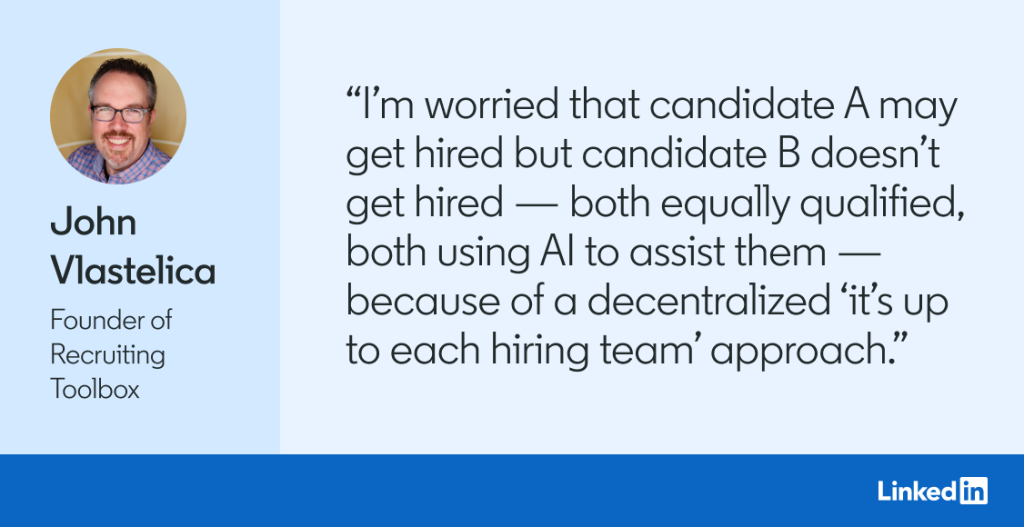In the age of AI, soft skills are the hidden gems of the workplace, but they can be a challenge to build when you work from home. Without daily, face-to-face interactions with colleagues, learning the nuances of how to communicate and collaborate is just plain harder. So what are some practical steps you can take to develop soft skills when Zoom calls are your norm? The author outlines seven strategies to try.
Building soft skills, such as empathy, creativity, and problem-solving, is tricky when you work full-time from home. Without regular, face-to-face interactions with colleagues, it’s harder to pick up on social cues and the nuances of communication, collaboration, and teamwork.
So what are some ways you can develop soft skills when Zoom is your norm? How can you take better advantage of technologies like chat and video conferencing? And what steps can you take to ensure you’re receiving the same quality and quantity of feedback as your in-office colleagues?
What the Experts Say
Soft skills are essential — even in the digital age. According to a recent LinkedIn survey, 72% of U.S. executives place more value on soft skills than AI-related skills. That makes sense, according to Arnaud Collery, the head of Humanava, a French company that specializes in executive coaching, training, and team building.
Organizations that prioritize the development of soft skills see greater productivity and better employee performance, he says. And individuals with strong soft skills often have more successful careers. “In France, we call them compétences transversales, which means skills you can deploy in any kind of professional situation,” he says.
It might be harder to cultivate these soft skills as a remote worker, but it’s not impossible, says Nancy Rothbard, a professor of management and the deputy dean at the Wharton School of the University of Pennsylvania. “When you’re not working in-person, you have to be more intentional about how you interact with people,” she says. “You need to think more about how you’re presenting yourself and the potential impression you’re making.” If you’re looking for ways to boost your soft skills while working from home, here are a few steps to try.
Do a soft skills audit.
For starters, you need to figure out which soft skills you want to strengthen, says Collery. “A lot of people early in their career focus on collecting badges for their resumes by learning certain technical skills or working at prestigious companies,” he says. “Instead, you should think about developing your character. What am I missing? And what do I need to work on?” He advises reflecting on the skills you need to develop, and asking friends, colleagues, and mentors for their honest opinions of your strengths and weaknesses.
Next you need a plan for how you’ll nurture these skills. Consider it a “roadmap for how you’ll get to where you want to be,” says Collery. If, say, enhancing your creativity is a priority, he recommends seeking out activities that challenge you and push you outside your comfort zone. That could mean anything from taking an improv class to enrolling in a drawing seminar to attending a local art festival.
Establish shared values one on one.
Since you’re not having casual chats in the hallway or going to team-building happy hours, you need to be more deliberate and strategic about how you interact with colleagues. Rothbard recommends cultivating what she calls, “a shared reality” with them. “Create common ground and establish shared values,” she says. “Ask questions and seek information that helps you understand their lived experience and circumstances.”
Start small by asking about their work preferences, Collery advises. “Ask them when they’re most productive and how they get in the flow — share the rhythm of your work days so you both know when you’re at your best.” Then go deeper. “Ask them about their passions and what drives them,” he says. “Try to understand who your colleagues are as people when they’re not talking about business.”
These conversations help you build rapport and give you the opportunity to hone your emotional intelligence. The goal isn’t to become besties with everyone, but rather “to create a foundation of respect and trust,” that will strengthen your working relationship, he says.
Make colleagues feel seen and heard.
In a virtual world, where team meetings are via screen and often back to back, there’s often a tendency to get straight to the point and stick to the agenda. After all, who among us wants to spend another moment as a disembodied head in a grid of boxes?
But Rothbard said that seemingly idle time is a valuable opportunity to connect with your colleagues in a group setting and foster relationships. “Show genuine curiosity and practice your listening skills,” she says. “Pay attention to what people are saying — don’t let their words just drop into the ether — and refer back to it,” she says.
If your memory isn’t great, Rothbard suggests using the old salesperson trick of taking notes on the little details people share, like where they’re going on vacation or the name and breed of their pet. Use this information to follow up with them and show you care about their lives outside of work. Don’t be intrusive, of course, but “make people feel seen and heard,” she says.
Hone your powers of observation.
Reading nonverbal cues and body language helps you communicate more effectively and build stronger relationships. But when you’re not physically with others and you can’t see their bodies, gestures, or the full context of their surroundings, reading the proverbial room is not straight-forward, Rothbard notes. “You think, ‘Is my colleague frowning because of what I said, or is it because their kid just walked into the room, or they’re late for a different Zoom?’”
It’s easy to misinterpret a situation or comment. That’s why Collery says you need to work on developing your powers of observation and intuition. Pay close attention to your colleagues’ facial expressions and vocal tones, and keep an eye out for signs when their words and actions align. “Look at how they convey their message and how they put spaces between words.” Your objective, he says, is to “look for moments of truth when you’re on Zoom,” he says.
Ask for feedback.
Because you’re not getting the same on-the-fly coaching that comes with in-person interactions, you need to proactively seek feedback from your team and manager. This could take the form of scheduled check-ins or asking for immediate impressions, says Collery, who suggests saying something like: “That was a great meeting and I am glad we’re on the same page with this project. On another note, I am interested in personal growth, and I want to develop my soft skills. Can you give me feedback on how I came across today? Is there anything I could be doing differently?”
Consider prompting your manager before a team meeting or presentation so they know exactly what kind of feedback you’re looking for, says Rothbard. You might also think about taking advantage of the fact that you’re remote by directly messaging your colleague or boss for feedback in order to improve in real time, she adds. When you’re trying to make a case, you might say something like: Is there another approach I could be taking? Or, which argument resonated with the group more? Don’t distract people, and be discreet. What you’re looking for, “is the equivalent of someone kicking you under the table or raising their eyebrows,” she says.
Demonstrate your work ethic.
As a remote worker, you have to put in extra effort to build trust and demonstrate soft skills to managers and colleagues, says Rothbard. This includes proving that you can effectively manage your time and workload, prioritize tasks, and be flexible when plans change. “If you want to get promoted, you have to wow people,” she says.
Demonstrate your work ethic through concrete results and prompt responses. Be disciplined about managing expectations and meeting deadlines. Communicate regularly and be a reliable team member. You can’t disappear for hours, she says. If you need to unplug in order to concentrate, tell your boss and team members so that they understand that it’s a sign of productivity rather than disengagement. “Your output is a given, but you have to be more present and responsive in order to counter the question mark of: Who are you?”
Seek out some in-person time.
Even if you’re primarily a remote worker, finding ways to see your colleagues in person from time to time is an investment in your professional development, says Collery. Working from home doesn’t give you enough practice in contributing to a team dynamic. “You wouldn’t try to build your muscles without going to the gym. Your body needs to be there and put in the work to get stronger,” he says. The same goes for relationships. “You need to be in-person sometimes to connect, learn, and grow.”
This is particularly critical when you’re starting your career, he says. It might not be possible to travel to an office every month or every quarter, but even a little exposure helps, he says. “That’s when you’re really able to pick up on those little unspoken signals and non-official behaviors that create a strong team culture and that help you feel engaged at work.”
Principles to Remember
Do
- Assess which soft skills you need to work on and create a development plan that includes activities that stretch and engage different parts of your personality.
- Be curious, practice active listening, and take note of important details about your colleagues to show you pay attention.
- Proactively seek feedback to avoid the missed opportunities for improvement that can be a consequence of virtual work.
Don’t
- Be a passive conversationalist. Make an effort to connect with your colleagues by asking probing, meaningful questions that get beyond simple answers.
- Disappear for hours leaving your team to wonder where you are. Be reliable and responsive to build trust and prove your work ethic.
- Overlook the importance of spending some time in-person with your colleagues. It’s essential for professional growth and soft skills development.
By Rebecca Knight
Source > Harvard Business Review











